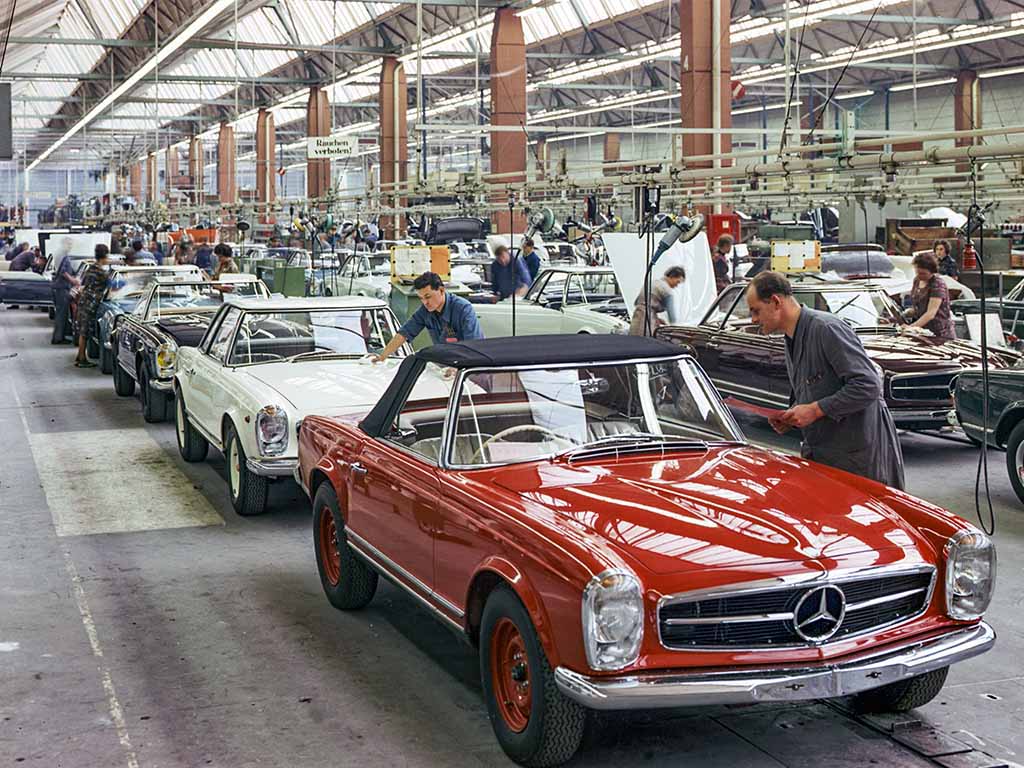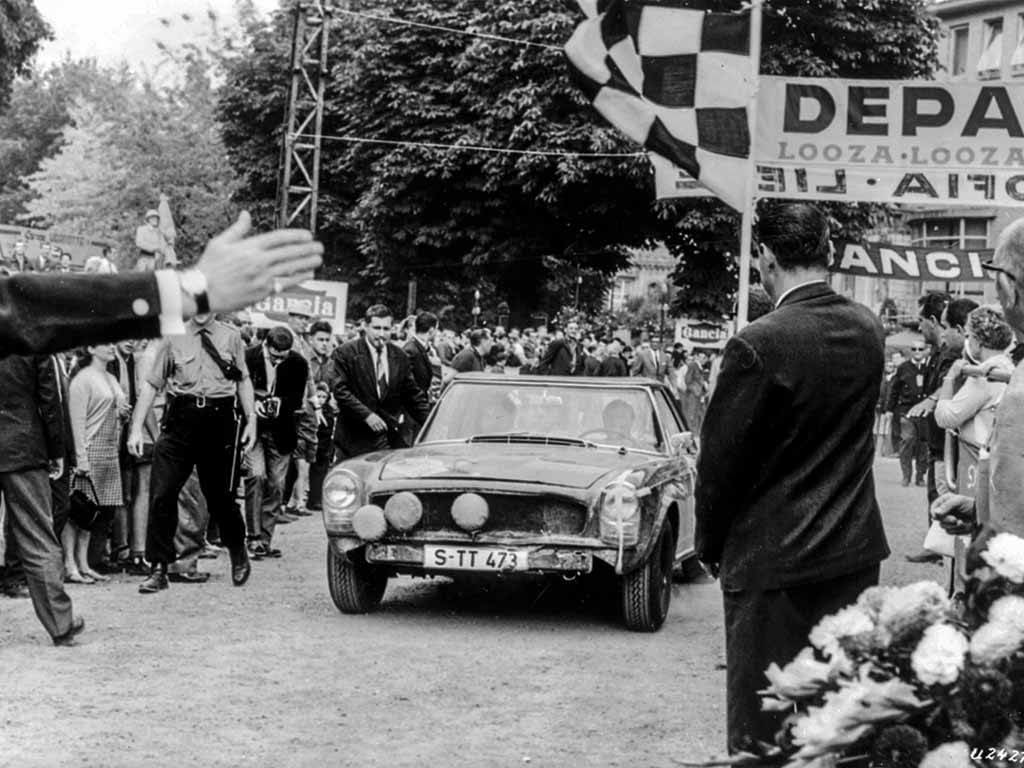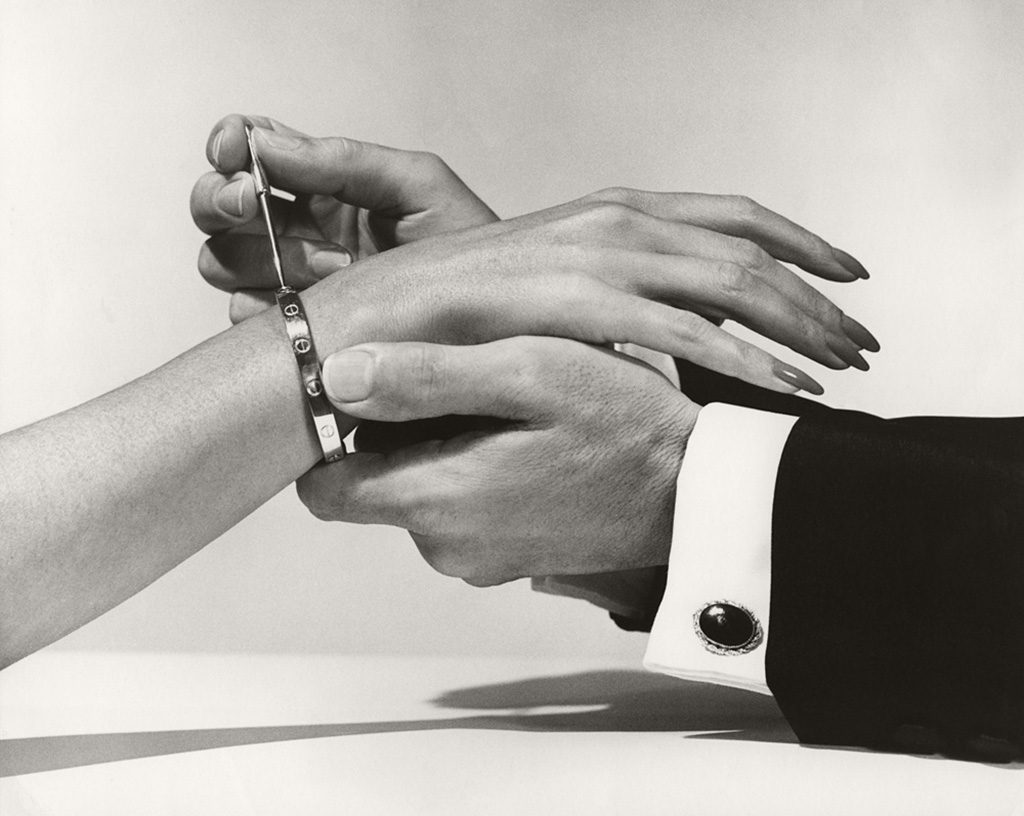Sporty, comfortable and a milestone in Mercedes-Benz safety development: 60 years ago, the brand presented the Mercedes-Benz 230 SL (W 113) at the Geneva Motor Show from 14 to 24 March 1963. The expectations of the audience were high. Because the 230 SL replaced two vehicles at the same time: the 300 SL Roadster (W 198) and the 190 SL (W 121). The W 113 was built until 1971.
The 230 SL, 250 SL and 280 SL models are coveted Mercedes classics. This is shown, among other things, by the prices for well-preserved examples of the W 113 series: Classic Data’s current market survey for 2022/2023 quotes €128,000 for the 230 SL in top condition (grade 1) and €156,000 for the 280 SL. Many owners of a “Pagoda” SL are customers of the Mercedes-Benz Classic Center in Fellbach, with its unique expertise in all aspects of the brand’s high-quality classic cars.

Mercedes-Benz 230 SL:
pioneering vehicle safety for sports cars
In 1963, the 230 SL impressed as a comfortable, two-seater touring car with high performance. Its design was created under the direction of Friedrich Geiger. It combined clean lines with the classic SL look including a large central star in the radiator grille. The optional hardtop evoked an association: Its inwardly curved roof surface was reminiscent of Asian temple buildings. This gave the sports car the nickname “Pagoda”. Paul Bracq designed the removable coupé roof.

The safety level of the W 113 was groundbreaking for sports cars of the time. The frame floor system of the 230 SL originated from the Mercedes-Benz saloons of the W 111 series. It was shortened and reinforced compared to the four-door models. In 1959, the “Fintail” was the world’s first passenger car with a safety body, developed by Mercedes-Benz safety pioneer Béla Barényi. The “Pagoda” was the first sports car to benefit from the principle of a stable passenger cell with front and rear crumple zones. Added to this was the high level of driving safety of the chassis adopted from the saloon. It was tailored to the demands of the roadster. The suspension was firm yet almost atypically comfortable for a 1960s sports car. For the first time in an SL sports car, a four-speed automatic transmission was available as an option. The 230 SL already had disc brakes on the front wheels.
Starting with the 250 SL presented in 1967, disc brakes on the rear axle complemented the equipment.

Mercedes-Benz offered this SL successively with three different engines during its eight-year construction period. This distinguished it from the 300 SL and 190 SL models. The engines of these first two production sports cars in the SL tradition, introduced in 1954, were each virtually unchanged until 1963. The sporty M 127 six-cylinder engine of the 230 SL was based on the M 180 engine of the 220 SE. The displacement was increased to 2,306 cubic centimetres for use in the SL. The power unit produced 110 kW (150 hp), the top speed was 200 km/h and the sports car accelerated from a standstill to 100 km/h in 11.1 seconds.
“California” version and better acceleration values
At the end of 1966, the 250 SL replaced the 230 SL. Its in-line six-cylinder M 129 engine had a displacement of 2,496 cubic centimetres. Its power output (110 kW/150 hp) and top speed (200 km/h) corresponded to the 230 SL. However, the higher torque reduced the time it took to accelerate from zero to 100 km/h by 1.1 seconds. In addition, the 250 SL was equipped with a brake force regulator, larger brake discs at the front and additional disc brakes on the rear wheels.
Another difference: The 250 SL was optionally available with a coupé roof and rear bench seat. This “California” version supplemented the body variant known from the 230 SL as a roadster with fabric soft top and removable coupé roof. Mercedes-Benz exhibited the version with rear bench seat for the first time in March 1967 at the Geneva Motor Show. The “California” had neither a roadster soft top nor a soft top compartment to make room for the rear bench seat.
The 280 SL with the 2,778 cubic centimetre in-line six-cylinder M 130 engine appeared in 1968. It was the third and most successful version of the W 113 series. Power output increased to 125 kW (170 hp). The 280 SL accelerated from zero to 100 km/h in nine seconds. Its top speed was still 200 km/h. In March 1971, production of the W 113 ended after a total of 48,912 vehicles had been built. The 230 SL accounted for 19,831 units, the 250 SL for 5,196 and the 280 SL for 23,885.
Successful in motorsport for Mercedes-Benz 230 SL

Mercedes-Benz also used the 230 SL successfully in motorsport. The victory achieved by Eugen Böhringer and Klaus Kaiser at the 5,000+ km Spa-Sofia-Liège marathon rally from 27 to 31 August 1963 was outstanding. The following year, the driver duo achieved third place in this long-distance rally also with the 230 SL.
Contacts and further informations
Peter Becker, +49 (0) 176 30 909 790, peter.becker@mercedes-benz.com
Frank Scheibner, +49 (0) 160 8 680 266, frank.scheibner@mercedes-benz.com
Julia Löwenstein, +49 (0) 151 58 610 215, julia.loewenstein@mercedes-benz.com
Enquiries by email to [email protected] or online at
Further research and multimedia material: mercedes-benz-archive.com/museum










